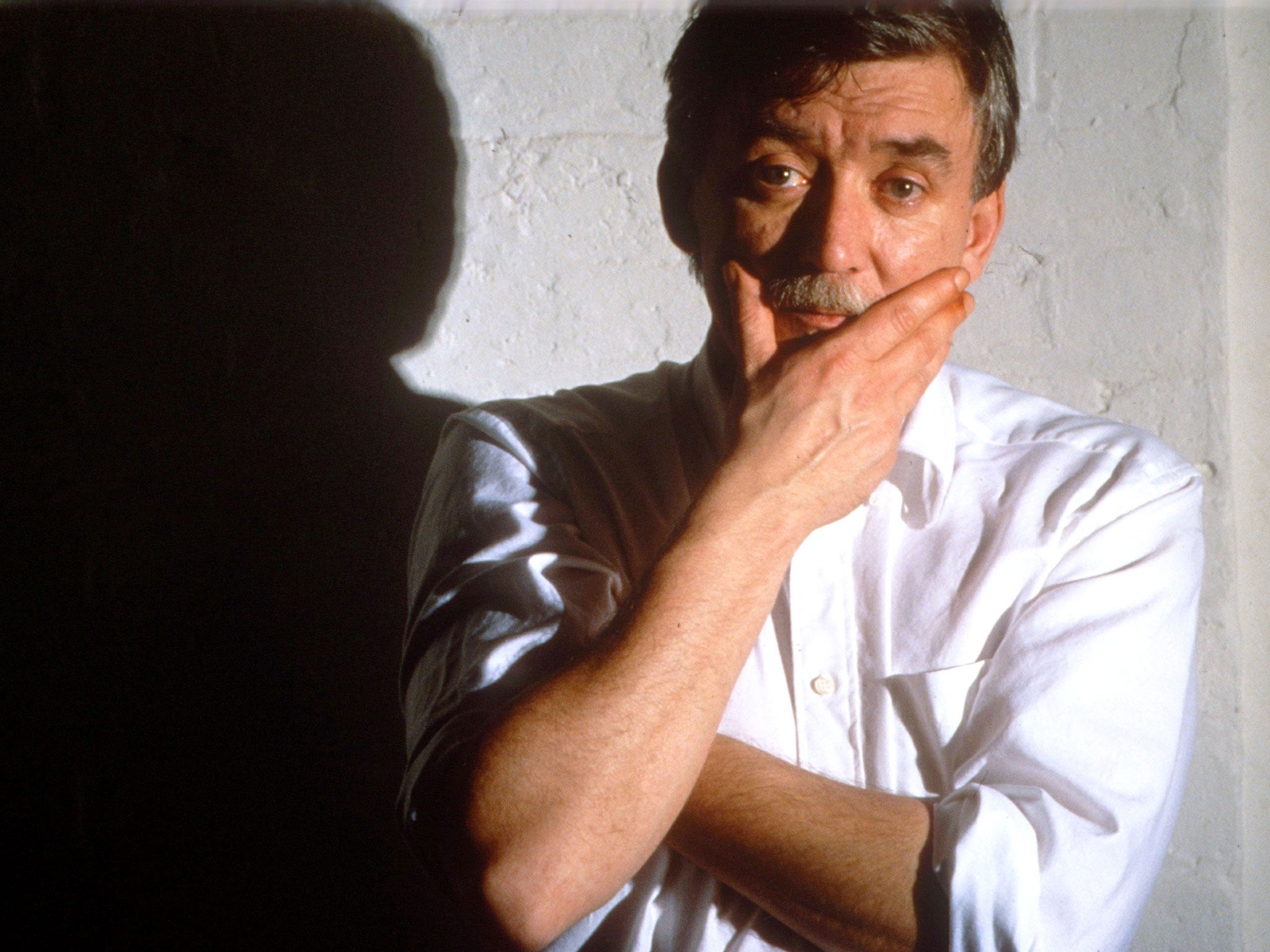Sean O’Callaghan, high-ranking IRA bomb maker turned informant
Credited with foiling a plot to assassinate Prince Charles and Princess Diana at a Duran Duran concert, he half-expected to be killed himself

Sean O’Callaghan was an assassin and bomb maker for the Irish Republican Army who became one of the organisation’s highest-ranking informants for the Irish police. He was credited with foiling a 1983 plot to assassinate Prince Charles and Princess Diana at a Duran Duran concert in London.
A friend, writer Ruth Dudley Edwards, said O’Callaghan drowned in a pool in Kingston, Jamaica, on 23 August, where he was visiting his daughter.
O’Callaghan’s early years were guided by a lesson his grandmother imparted when he was nine: “When you shoot a British policeman, dig him up and shoot him again because you can never trust them.”
Within a decade, O’Callaghan would take her advice to heart, firing eight shots at an alleged “torture chief” for the Royal Ulster Constabulary. The police officer, Peter Flanagan, was sitting at a bar when he was killed, reading the racing pages of the Irish Independent. O’Callaghan later learned that Flanagan had in all likelihood never tortured anyone – the officer had testified against British police brutality at the European Court of Human Rights – and said the operation shook his faith in the IRA.
He had followed his father into the terror group at 15 and was soon training other teenagers in weapons and explosives. He participated in 70 robberies and attacks on the British and their allies, by his count, including a May 1974 assault on an Ulster Defence Regiment barracks that resulted in the death of Eva Martin, a 28-year-old private. O’Callaghan said he fired the mortar shell that killed her.
A breaking point came the following year, he said. Kevin McKenna, reportedly the organisation’s second in command, remarked that he hoped a Protestant woman killed in another attack was pregnant so that the IRA might get “two Prods for the price of one”. O’Callaghan left for London later that year, started a cleaning business and married a Protestant woman. It was a short-lived attempt to leave behind the Troubles.
“The IRA wasn’t really after the British,” O’Callaghan told the Los Angeles Times in 1997, recounting his disillusionment. “It was the guy down the road who had the better land that his ancestors had taken from the Catholics. The bitterness was there all the time, rooted and deep. What they really wanted to do was to murder their neighbours. It was tribalism.”
He returned to the IRA in 1976, this time as an informant for the Irish police, the Garda Siochana. According to A Secret History of the IRA, a 2002 account by journalist Ed Moloney, O’Callaghan helped train and arm IRA members as a leader of the group’s Southern Command. He was credited with breaking up several major plots, including a seven-ton shipment of guns and ammunition that had travelled from Boston aboard the Marita Ann, a fishing trawler, before being intercepted off Ireland’s south-western coast.
Soon after, he was reportedly named leader of the IRA’s operations in England and charged with assassinating Prince Charles of Wales and his wife, Diana, in their box at a London charity concert in July 1983. He had been given detonators and 25 pounds of explosives, he told The New York Times in 1996. The operation, he said, “would have worked” if he had not scuttled it at the last minute.
O’Callaghan was also linked to the 1985 murder of John Corcoran, an alleged police informant. O’Callaghan said he was ordered by the IRA to kill Corcoran and did so to protect his cover, but he later repudiated the claim, saying he had admitted to the murder only to trigger a police investigation. By 1988, O’Callaghan sensed growing suspicion from other IRA members and turned himself in to the British police. He eventually pleaded guilty to two murders and an additional 40 IRA-related crimes and was sentenced to 539 years in prison.
“If you’ve murdered people and blown up their businesses, you have to pay for it,” he told the New Statesman in 1998. “Just saying sorry isn’t much cop.”
O’Callaghan was released in 1996 – in part, critics said, to serve as a mouthpiece for Conservative politicians who opposed peace negotiations between Britain, Ireland and parties including Sinn Fein, the IRA’s political arm. “I wish I could be confident about the prospects for peace,” he remarked at the time, “but I have sat behind too many closed doors with too many of the present leadership to be conned by the smooth presentations.” The Good Friday Agreement was ultimately signed in 1998, resulting in a power-sharing system in Northern Ireland and gradual disarmament for the IRA and other militant groups.
O’Callaghan was born in the south-western town of Tralee, in County Kerry, on 10 October 1954, according to a friend, writer Ruth Dudley Edwards, (although other sources list his birth date as 26 January. His marriage ended in divorce in 1987. Survivors include a son from his marriage and a daughter from a subsequent relationship. Edwards said O’Callaghan drowned in a pool in Kingston, Jamaica, on 23 August, where he was visiting his daughter.
O’Callaghan wrote a popular memoir, The Informer (1998), and a 2016 biography of James Connolly, the turn-of-the-century Irish republican leader. Settling in London, he said he would not be surprised if the IRA eventually killed him for spying and speaking out. “I kind of accept that the IRA has the right to kill me,” he told the Los Angeles Times. “If they succeed, I would say, ‘Fair dues.’”
© Washington Post
Join our commenting forum
Join thought-provoking conversations, follow other Independent readers and see their replies
Comments
Bookmark popover
Removed from bookmarks